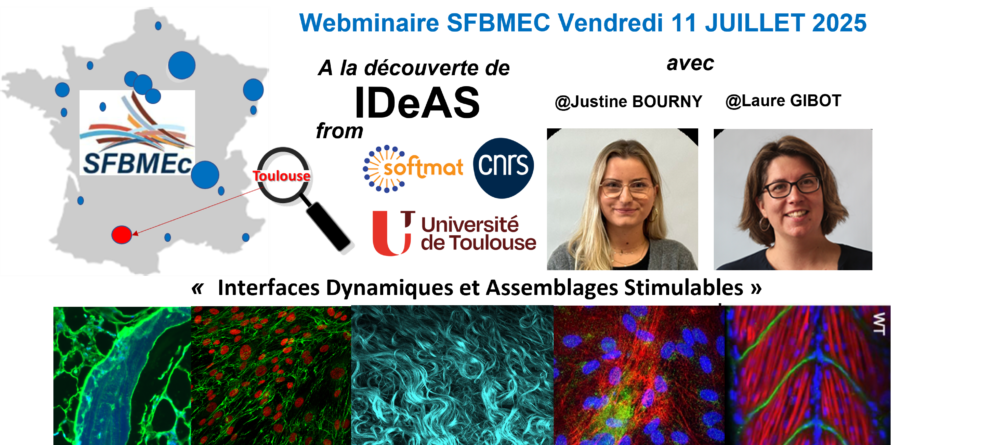Frédéric Mallein-Gerin by SINGER-POLIGNAC
Novel strategies for cell therapy and tissue engineering of cartilage
Frédéric Mallein-Gerin
Articular cartilage is not vascularized and presents poor intrinsic healing potential. Consequently, traumatic and degenerative lesions of articular cartilage often progress to osteoarhtritis (OA), a leading source of disability. Joint replacement is a short term therapy since knee prostheses have limited lives. Besides, common surgical treatments are not satisfactory since often leading to the production of fibrocartilage which does not present the mechanical properties of articular cartilage. In this context, regeneration of cartilage requires tissue engineering techniques.
Autologous Chondrocyte Implantation (ACI) was the first application of cell therapy to orthopaedic surgery and is used worldwide. However, this method faces important issues: damage of healthy cartilage at the collection site and dedifferentiation of chondrocytes during cell amplification required for mass cell production. In addition, an arthrotomy (open knee surgery) is necessary to implant the cells in the lesion. Today, the health agencies that survey ACI in several countries report that the method should be improved by using soluble factors to control the chondrocyte phenotype and biomaterials to extend the method to larger defects such as developing OA lesions. In parallel, investigations are needed to evaluate the possibility of using stem cells as an alternative to autologous chondrocytes. The choice of soluble factors relies on the basic knowledge of their role in cartilage development and homeostasis. Bone morphogenetic protein (BMP)-2 is a member of the TGF-b superfamily which offers strong chondrogenic properties to human adult chondrocytes cultured in vitro, thus revealing its potential as thereapeutic agent for cartilage repair. Regarding the concept of Matrix-associated ACI (MACI), collagen based biomaterials are good candidates as scaffolds. The use of collagen sponges is advantageous since they have a pore structure that allows cell colonization, present low immunogenicity, have good mechanical stability and sufficient biodegradability and are easy to shape and calibrate. What is more, they can be grafted by arthroscopy and sealed with fibrin glue into the defect. Importantly, BMP-2 and collagen sponges have been approved for clinical use therefore they can be envisaged as tissue engineering package for human cartilage therapy. Regarding cells, works are in progress to determine if adult stem cells of diverse origins can be used as a substitute for autologous chondrocytes. Optimism seems justified based on the degree of chondrogenic conversion that we obtained recently with progenitor cells. Still, ethical and legal issues need to be considered before their clinical application.
